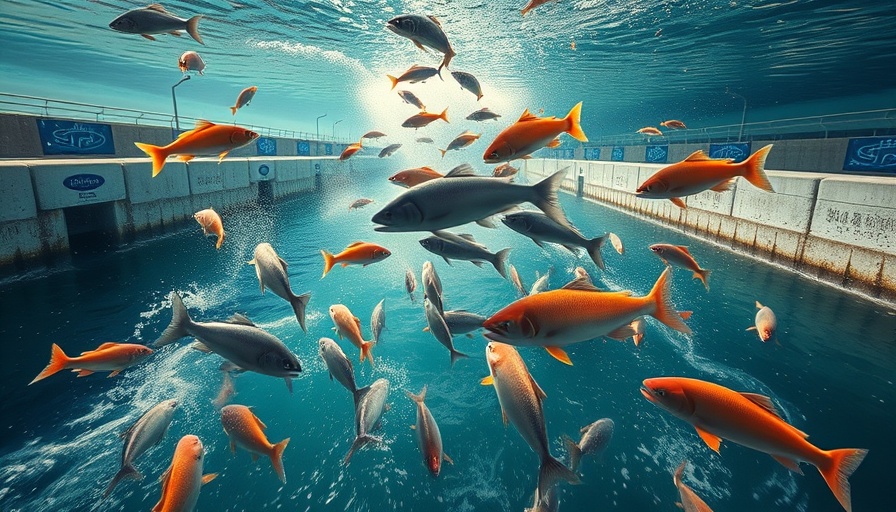
EU Poultry Market Recovery: Growth Amid Challenges
The EU poultry sector is witnessing a significant rebound in production and trade as it navigates ongoing challenges, particularly from avian influenza (AI). In 2024, poultry meat production soared by over 5% compared to the previous year, with notable contributions from France, Romania, Spain, and Hungary. This increase underscores the resilience of the sector despite setbacks in countries like the Netherlands and Lithuania.
Price Dynamics in the Poultry Sector
Pricing trends have been central to the poultry market's health. Following record highs in mid-2023, broiler prices experienced fluctuations, averaging €284/100kg in early 2025, an 8% increase from last year. Chicken breast and leg quarter prices also reported year-on-year rises. The stabilization of input costs, combined with higher output prices, has ensured satisfactory margins for producers.
Health Challenges: Avian Influenza Outbreaks
The industry continues to grapple with avian influenza, which has led to thousands of culling incidents among bird populations across various EU nations. Over 15 million birds were lost as outbreaks spread through multiple countries, particularly affecting Hungary, Poland, and Italy. These health-related challenges have had a notable impact on EU poultry trade as countries impose import bans or restrict regional access due to ongoing AI concerns.
Export Growth: New Market Opportunities
Despite the turbulence, EU poultry exports have flourished, seeing a 9% increase in volume and a 4% increase in value during 2024. Key markets such as the UK, Ghana, and Vietnam emerged as significant destinations for EU poultry, while some traditional markets like Saudi Arabia and Ukraine faced declines. This diversification in trade highlights the sector’s adaptability amidst health challenges.
International Competitiveness and Future Projections
Looking ahead, factors such as price competitiveness pose challenges. For instance, Brazil's significantly lower broiler prices at €135/100kg highlight the competition EU producers face from international markets. As 2025 progresses, EU poultry operators must navigate these dynamics while continuing to innovate and enhance animal welfare standards to maintain a competitive edge in a complex market landscape.
For professionals in the poultry industry, understanding these trends and challenges is crucial for strategic planning and operational improvements. To adapt successfully, stakeholders must remain vigilant and responsive to market changes and health regulations.
 Add Row
Add Row  Add Element
Add Element 



 Add Row
Add Row  Add
Add 
Write A Comment